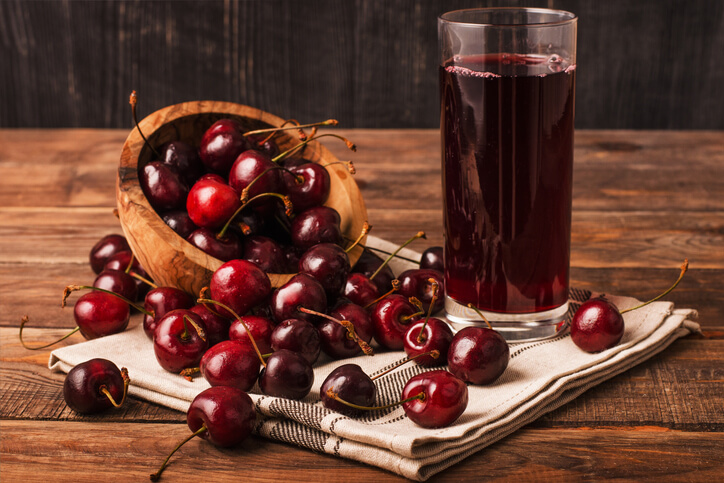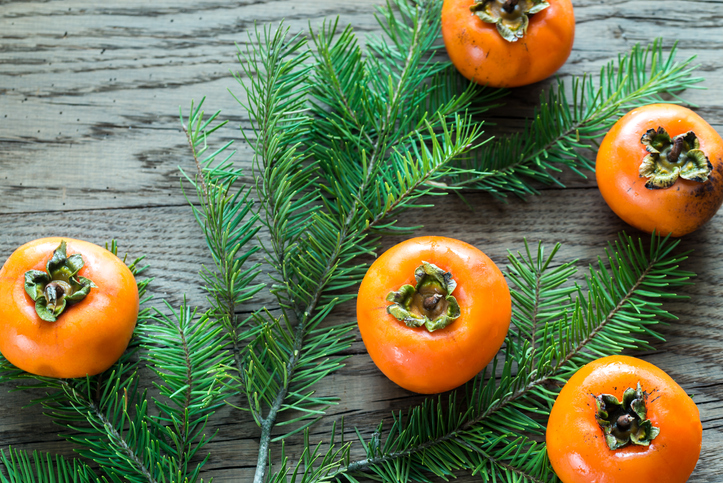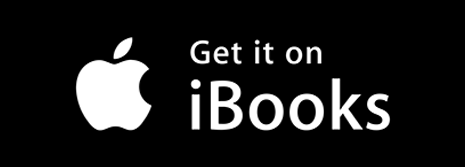Be proactive and know the signs of a bile duct blockage
10 years ago | Digestive Health
By pH health care professionals
When we talk, read or think about our health, how often do “bile ducts” come up? Probably not often, if ever. We’re so used to seeing PSAs, pretty posters, tote bags and keychains for heart disease, diabetes and breast cancer, but we don’t hear that much about the bile ducts. However, a bile duct blockage can be painful and life-threatening!
So let’s take just a few minutes to educate ourselves about our bile ducts. Education is prevention, and prevention just might save us from a much harder conversation about diagnosis and treatment down the road.
What are bile ducts?
Bile (the greenish-brown fluid that helps digest fats from our food intake) is produced by the liver and is stored in the gallbladder until it is needed to digest fat in the diet.
Bile ducts are drainage tubes or "pipes" that carry bile from the liver to the gallbladder and from the gallbladder to the small intestine. The common bile duct, in particular, is the duct that is responsible for carrying bile from the gallbladder and emptying it into the upper part of the small intestine. This is all part of the biliary system. The biliary system's main functions include draining waste products from the liver into the upper part of the small intestine, and helping with digestion with the controlled release of bile.
What happens when your bile duct gets blocked?
Problems can arise in the biliary system when the common bile duct gets blocked. You end up with a blocked “pipe,” oftentimes thanks to gallstones. If you’ve ever had a clogged sink at home, you’ve seen what can happen – dirty water and food particles float up and accumulate instead of flushing away as they should. With a blocked common bile duct, you end up with a similar situation. Bilirubin (yellowish pigment found in bile) gets backed up and enters the bloodstream, leading to jaundice (yellowish discoloration of the skin and eyes). The blockage also causes a buildup of bacteria, which can cause a life-threatening infection.
Sometimes, a gallstone gets stuck in between the gallbladder and the common bile duct, leading to a condition called cholecystitis (or inflammation of the gallbladder). If it’s not treated, the results can be serious, leading to life-threatening complications such as a gallbladder rupture.
Less common causes of blockages include cancer of the bile duct (cholangiocarcinomas) and strictures (scars that narrow the ducts after infection, surgery or inflammation).
What are the symptoms of a blocked bile duct to watch for?
Note that when a gallstone blocks the whole drainage system all at once, the symptoms are abrupt or severe. When inflammation develops, the symptoms are gradual or slow. As previously mentioned, bile duct diseases often cause symptoms related to bile backing up and leaking into the blood stream. Other symptoms result from the bile ducts' failure to deliver certain digestive juices (bile salts) to the intestines, preventing the absorption of some fats and vitamins.
Here are some things to watch for and alert your doctor to:
- Jaundice (watch for yellowing of the skin and/or eyes)
- Itching (not limited to one area; may be worse at night or in warm weather)
- Light brown urine
- Clay-colored or greasy stool
- Pale-colored stool
- Fatigue
- Weight loss due to diminished appetite and impaired digestion
- Fever or night sweats
- Abdominal pain, especially on the right side under the rib cage
Be proactive!
If you develop gallstones, be on guard in case they create a blockage in the common bile duct, which would need to be removed (possibly surgically). Be proactive and alert your doctor to any symptoms immediately.
You can also be proactive by making healthy choices to prevent gallstones, the most common cause of bile duct blockage. These include:
- Maintaining a healthy weight
- Reducing estrogen
- Reducing cholesterol
- Managing diabetes
- Avoiding rapid weight loss
- Avoiding prolonged fasting
Enjoy Your Healthy Life!
The pH professional health care team includes recognized experts from a variety of health care and related disciplines, including physicians, attorneys, nutritionists, nurses and certified fitness instructors. This team also includes the members of the pH Medical Advisory Board, which constantly monitors all pH programs, products and services. To learn more about the pH Medical Advisory Board, click here.







